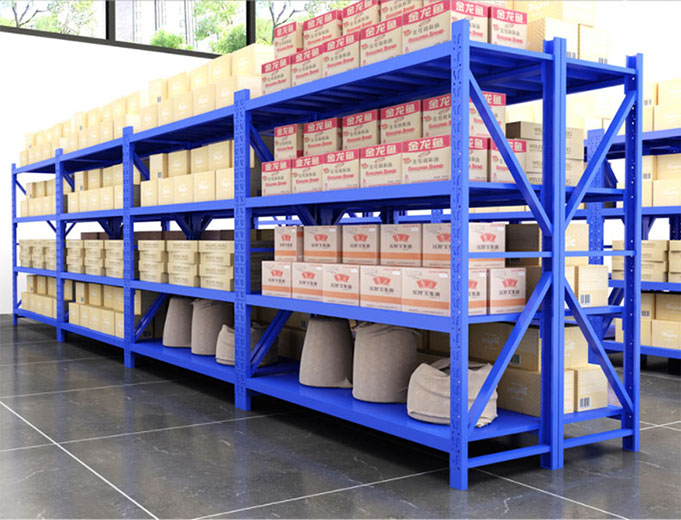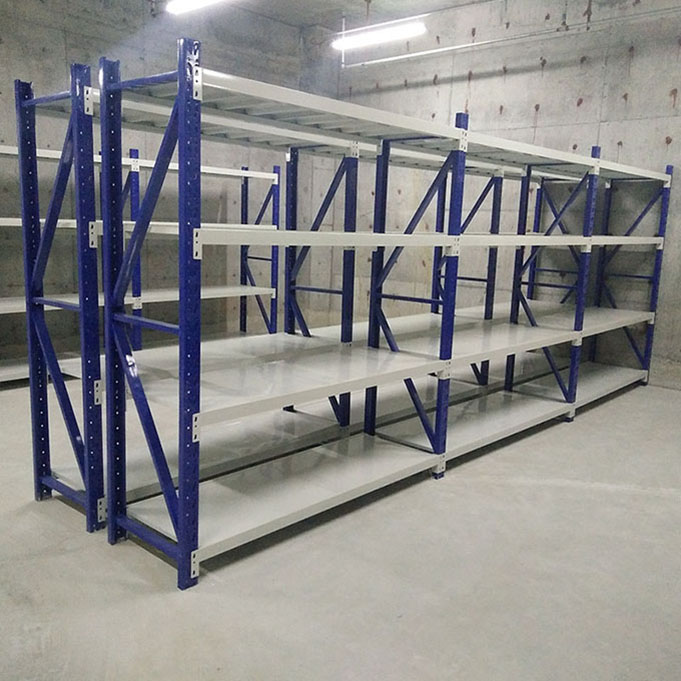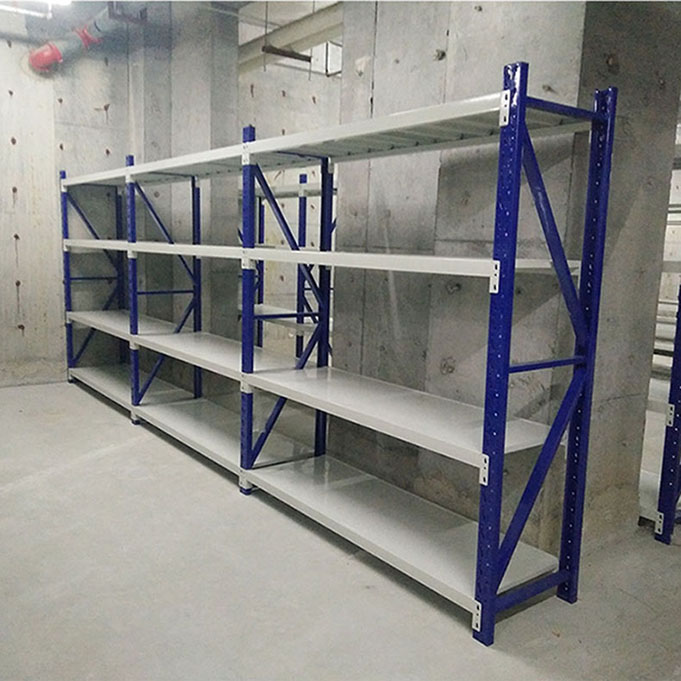The word "photographic manuscript" is often used in the field of image production. Photographic originals are opaque figure parts with black solid blocks in a white, clean background. The resolution of the text output from the laser printer must be at least 600 dpi to be a photographic original. Duplicated photos or graphic documents output from a fax machine cannot be used as photographic originals because the density of such images is not large enough to produce positive pictures.
High-quality manuscripts and high-quality positive films created from this manuscript determine the quality of the typographic plates, because if the manuscripts are poor, there is no way to compensate for the typographic plates.
If possible, the size of the original document is preferably twice the size of the printed product. Because if the size of the original is large, a lot of bleed can be reduced in the reduction of the photograph, so that the resulting positive picture image is clear and the edge resolution is good.
Most pad printing manufacturers have the ability to modify the draft, or use computer scans to process unmanifested manuscripts to produce an ideal photographic film.
Imaging system
There are many methods for making positive films, such as dry film, direct film, photographic film, and laser output. If the use of graphics software, such as CorelDRAW, Adobe, Illustrator and Freehand make 1:1 manuscripts, you can use a laser printer or imagesetter output film.
Dry film output system
Dry film output system uses thermal energy to copy images on paper or film, the same principle as the fax machine imaging on fax paper. One drawback of the dry film output system is that the imaged paper cannot be kept opaque black and it fades to brown. If it is used only once, brown is not a problem, but if you want to save the paper for later use, you should use it instead. Film, or saved as an electronic file.
Direct output system
The direct film output system uses a computer to directly output photographic film without a photographic process. When the image is imaged on a film, the carrier removes the film from the image-stripping device and places it in an automatic developing device. Because the film is never exposed to the air and is not contaminated by airborne dust, this film-out system ensures the cleanliness of positive images. This film can be stored for a period of time without fading problems.
laser printer
Laser printers with a resolution of 600 dpi or more can make photographic originals. The higher the resolution, the better the quality of the output film. Coated paper works best. Inkjet printers are not suitable for outputting photographic originals because the density of the output documents is not sufficient.
There are many kinds of special paper or transparent materials on the market for laser printer output. The images output from these special papers are of good quality, high density, and good coverage. It is best not to use a transparent acetic acid base for laser printout because the output image density is not enough and the image hiding is not good. It is also possible to stack the same output acetic acid sheets together to increase the image density.
The laser-printed document is not as good as the photographic original that the image-setter produces, especially for printing fine lines or printing small-size images. Usually the density of the image is not enough and the coverage is not good. In order to make up for this defect, manufacturers have specifically developed and produced a post-treatment spray and coating material. After the laser printer outputs the photographic original, the spray can be sprayed on the surface of the image, which helps to increase the hiding power of the image.
Plate camera
The photographic originals are used in the lithography. The originals are placed in the copy holder, and the photographic images are taken at the required magnification. According to the type of the film, positive or negative images are produced. Photosensitive films are automatically developed or placed on the developing disc for development. The film may be contaminated by the surrounding environment during development, but this method is still used by most people. One of its advantages is that it does not require that all manuscripts be produced by computers.
Publisher
Some pad printing factories cannot make photographic films themselves, but need to go to the outside film companies or graphic studios to make films. The production of the original manuscripts is based on the hourly basis, while the Yangyangtu films are priced on an area basis.
Film positioning
No matter how the positive film is made, the positioning of the film is very important. It is necessary to ensure the orientation of the emulsion surface of the film during pad printing so that the emulsion surface is in close contact with the pad plate during exposure printing.
Because different printing processes have different film orientations, people often confuse the orientation of the film. The orientation diagram of the film describes how the image should be oriented during exposure exposure.
The orientation of the film is usually referred to as "emulsion facing down", which means that when we look at the film, the above is the image we need to print, and the emulsion should be on the back of the film.
When printing a positive image on a special paper with a laser printer, the printed image should be reversed because when the image of the printed paper is brought face down on the pad, the ink transfer agent will directly contact the surface of the plate.
When using a dry film imaging system, the image and the film are integrated, not attached to the surface, so there is no problem with the orientation of the film. This type of imaging sometimes causes “halo†phenomena in the image, and the sharpness of the edges is not good, especially when printing small-sized symbols or fine lines.
Be sure to ensure the cleanliness of the film as much as possible, especially when printing plastic plates. Be sure to remove all stains, ink, residual emulsions, etc. before printing. Pay particular attention to the area of ​​the image to be imprinted by the transfer head.
Light Warehouse Shelves' main components include columns, slabs, cross braces, braces and beams. The material used to make the storage rack is high quality galvanized steel, which has good processing properties and mechanical properties. The Metal Rack are made by fine welding of automatic robots.
Description of Light Warehouse Shelves
Product Name: 150-200KG / layer Storage Shelves
Product bearing: 150-200KG/ layer
Product material: High quality galvanized steel
Column structure: Butterfly hole type
Product color: White, Blue
Advantages
1. The three-dimensional structure can make full use of warehouse space, improve warehouse capacity utilization, and expand warehouse storage capacity.
2. To meet the storage and centralized management of mass goods.
3. Low cost, low loss, high efficiency.



Light Warehouse Shelves
Light Warehouse Shelves,Light Warehouse Board Shelf,Light Warehouse Storage Shelf,Light Warehouse Racking
Jinan Dark Intelligent Facilities Co.,Ltd , http://www.cndarkcvs.com